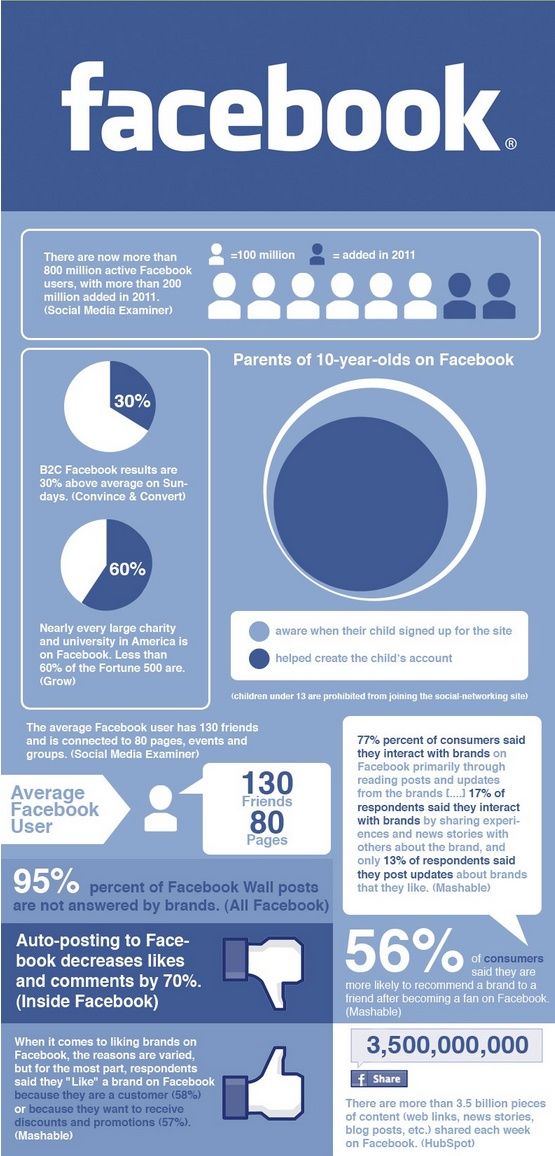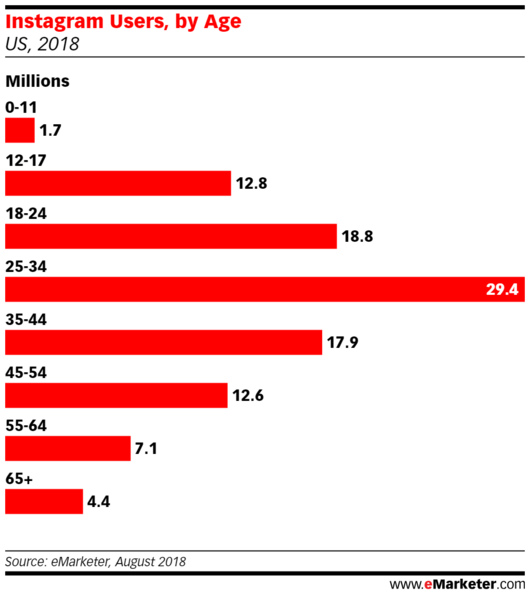How to rebrand your instagram
How to Successfully Rebrand Your Instagram Account
Give your page a fresh new look with our guide to rebranding your Instagram account.
When was the last time you critically analyzed your brand’s visual identity?
Maybe you’ve had the same logo since you launched your business. Perhaps you haven’t changed your fonts and colors since the beginning of your Instagram account. Or maybe you’re feeling uninspired by your current look and feel on Instagram?
If your Instagram account isn’t feeling aligned with your brand or the vision for your business, it’s time to make a change! To keep your brand current with your ideal customers and ensure you’re standing out in your niche, it’s important to keep your visual identity fresh and engaging.
Not sure where to start? We’ve pulled together a step-by-step guide to how to successfully rebrand your Instagram account and everything you need to consider along the way.
Step 1: Identify your rebranding goals
Before you even consider your fonts, colors and new logo you need to answer this question: what do you want to achieve by rebranding your business?
Aside from simply changing your visual identity, you need to clarify exactly what objectives you’re working towards before starting your rebranding journey.
In practical terms, some of the goals you might have for your rebrand include:
• You want to attract a new audience segment or a different kind of buyer
• You want to modernise your business and boost your professionalism
• You want to carve out a new niche in your industry
• You want to create clear guidelines to ensure your social content is cohesive
By starting with your goals, you’ll be able to make strategic decisions about what new visual identity is right for your business. It’s all about putting your business hat on before you dive into the creative side of rebranding your Instagram account.
Step 2: Create a mood boardWith goal-setting out of the way, it’s time to start gathering inspiration. Coming up with an entirely new brand identity is a big task and can feel overwhelming if you don’t have the right framework in place.
However, by starting with a mood board you can start to narrow down your new look and feel to make the next steps a whole lot easier.
We suggest creating a Pinterest board where you can save images, fonts, photography and graphic elements that catch your eye. Make sure to look beyond your own industry and save inspiration from a wide range of businesses and niches.
With this mood board on hand, you’ll be able to pull out common themes, graphic elements and even colors and fonts that might work well for your new branding.
Step 3: Select your brand fonts and colorsNow, it’s time to get specific about how you want your brand to look on Instagram (and across all of your marketing materials).
The best branding uses a specific set of brand colors and fonts that capture the vibe and personality of your business. Rather than using every color in the rainbow, narrowing down your color palette to four to eight shades will help followers to remember your brand on social media.
The same goes for fonts: make sure to pick an eye-catching heading font along with one or two supporting fonts that can be used for smaller headings and body copy.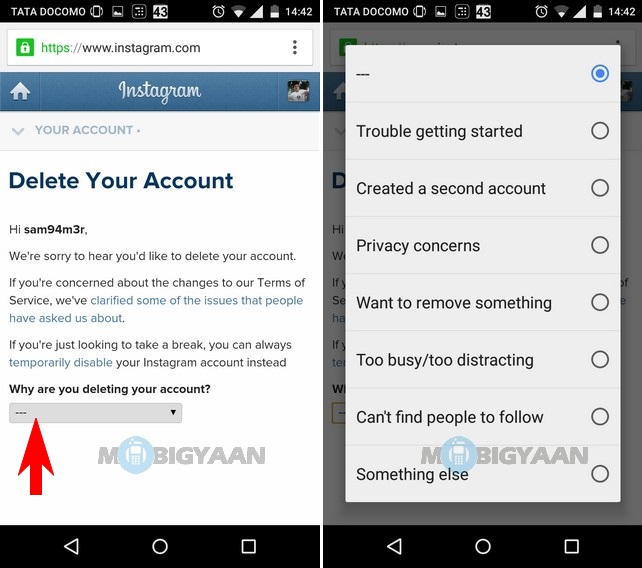
Our tip: consider how these colors and fonts will work together when making your selections. Too many bright, bold colors may clash and too many crazy, creative fonts can be tricky to read. Instead, use a stylish mix of neutral shades with pops of colors to give your brand an elevated yet professional look.
Step 4: Craft new templatesWe’re huge fans of streamlining your content creation process! One of the best ways to take the guesswork out of designing content for Instagram is using graphic templates.
By using a tool like Canva, you can easily set up templates that can be customized and edited time and time again. Think about the kind of posts you’ll be sharing on a regular basis (such as quotes, memes, testimonials, tips and Reels).
Then, design a couple of templates to fit each content pillar. These can be saved in Canva and edited quickly to speed up your content creation workflow.
Psst… did you know you can whip up all your amazing Canva designs without leaving your Plann workspace? Our Canva integration gives you access to thousands of customizable templates and the ability to design your own branded content right within your workspace.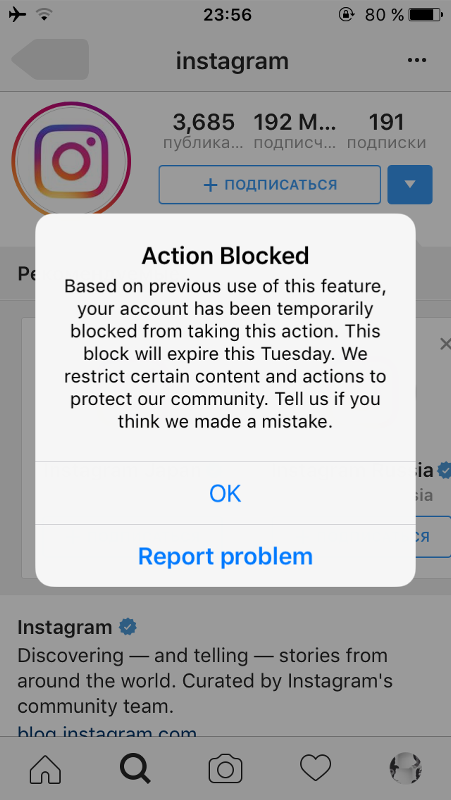
With your new colors, fonts and templates ready to go, it’s time to refresh your Instagram account.
While rebranding your Instagram account might sound like a daunting task, it’s actually easier than you might think! Here’s a quick checklist of steps to help you update your profile:
• Upload your new logo as your profile image
• Refresh your bio and account name to ensure these reflect your new brand identity
• Update your Instagram Story highlights covers to reflect your new branding
• Share 3x new posts to announce your new rebrand
Hot tip: take advantage of Instagram’s new pinning tool and pin these 3x rebrand announcement posts to the top of your feed! This will ensure your followers get acquainted with your new look and feel.
Step 6: Create and schedule your rebranded contentThe best part of teasing your rebranding on social media? It gives you plenty of time to Plann out your new Instagram content.
Login to your Plann account and whip your launch calendar into tip-top shape.
Here are a few things you’ll need to decide:
• When you want to roll out rebranding your business.
• What content pieces do you need to create for the launch (Reels, Stories, Feed Posts etc.)
• How much new content do you need to create?
• What are your new content pillars?
Once you have a rough plan, schedule post dates into your Plan calendar and work backwards.
What does that mean?
• Set the end goal (the due date for the content piece).
• Set a date for editing, writing the caption, and scheduling it into Plann.
• Set a date for when you need to film/shoot the visuals.
By working backwards, you’re breaking up the tasks into smaller chunks and batching the entire process instead of winging it.
Need some extra help Plann’ing your content strategy? Use the content prompts feature and select “Launch a Sale”.
You’ll need to tweak it slightly to fit your Instagram rebrand strategy, but it’s a good starting place to figure out how to roll out your messaging over time and educate your audience.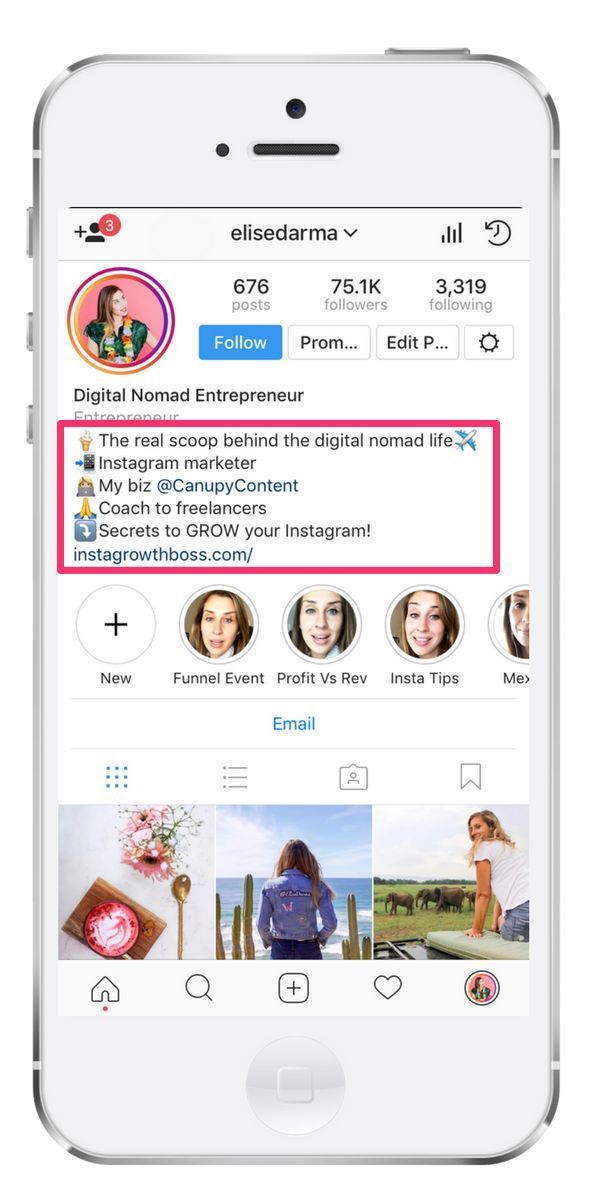
Remember: your branding isn’t set in stone! Once you’ve launched your rebrand, make sure to track your Instagram analytics to see how your new content is performing.
Why not run a poll on Instagram Stories to see what your followers think of your rebrand? This can give you instant feedback about how to adjust and improve your rebrand.
Plus, you can use Plann’s detailed Instagram analytics to discover which color palette is your best performing and which shades to ditch too!
Plann your Instagram rebrandNow you’ve learnt how to successfully rebrand your Instagram account, it’s time to get the tools in place to support your brand’s evolution!
We’re a tad biased, but we reckon Plann is the ultimate all-in-one social media suite for brands and businesses who are at the top of their game.
What are you waiting for? Sign up for a free 7-day trial of Plann today
10 Day Instagram Makeover
Breathe some fresh life into your feed, realign with your purpose and revise your strategy
Rebranding Your Instagram? Here's What You Need To Know!
Search for:
0
September 21, 2020
4,575 VIEWS
Image via Georgie de Lotz/Unplash
5 Things To Consider When Revamping Your Brand On InstagramNot attracting the clients you want with your Instagram? Thinking of reworking your stylist or salon page? Get ready to take notes! BTC’s social media experts held an informative panel on “The Business of Instagram” at The BTC Show this year and we’ve pulled a few tips from the discussion to get you started.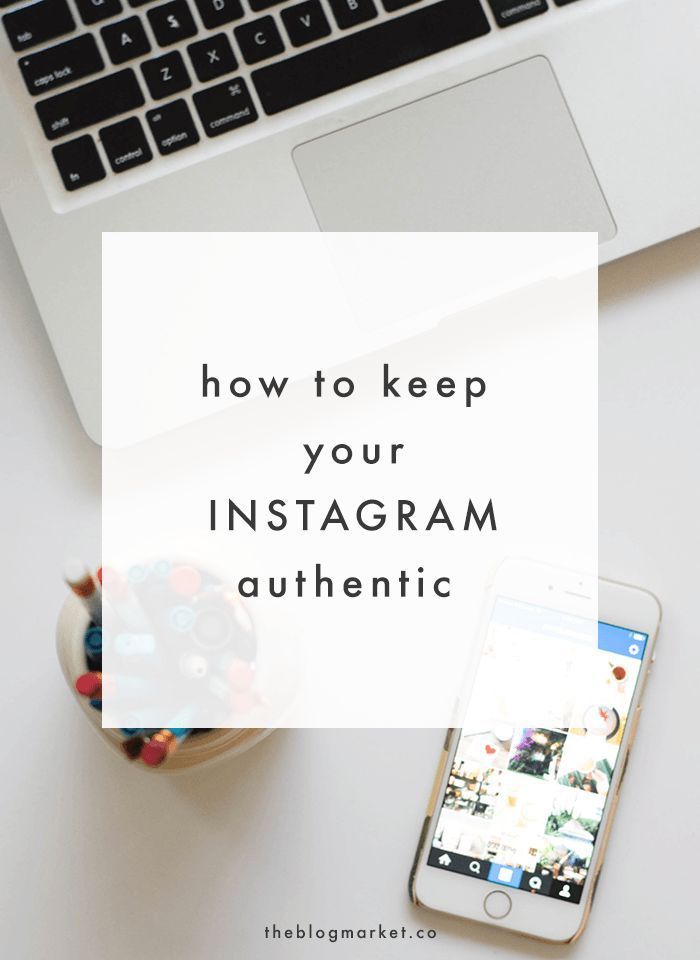 Then, head over to BTC University to watch the entire hour long panel during The BTC Show ONLINE 2020!
Then, head over to BTC University to watch the entire hour long panel during The BTC Show ONLINE 2020!
1. You Need More Than One Account
Before you get started, take stock of the pages you already have. If you’re a salon owner, do you have a salon page that’s separate from your personal or stylist page? If you’re a stylist, do you have a personal page and a stylist page to show off your work?
A lot of stylists and salon owners like to blur more than one page together for convenience, but it can get confusing for future clients trying to sort through your work, pictures from your child’s recital or a fun girl’s trip you just went on. A clean salon or stylist page can help you work smarter, not harder promoting your business and services by:
- Offering Free Advertisement
- Attracting New Clients
- Showcasing Your Work
BTC’s Director of Influencer Marketing Haley Gable (@haleygable) further broke down why it’s important to have your own portfolio page as a salon owner and a stylist.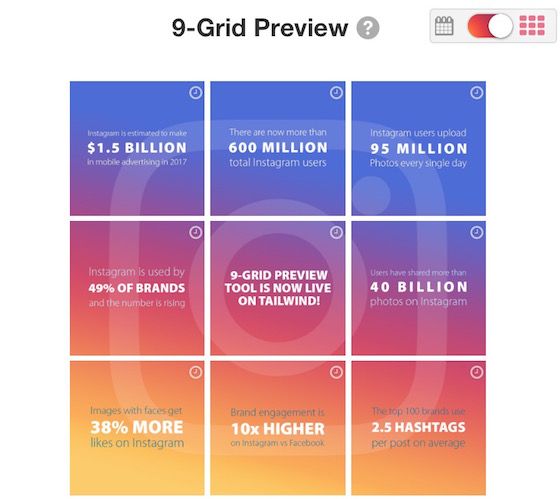 “Chances are you specialize in something, and people want to go and find that [specialty] so they can ask for you at the salon when they’re booking.” The easier you make it for potential clients to find you, the more business you’ll get.
“Chances are you specialize in something, and people want to go and find that [specialty] so they can ask for you at the salon when they’re booking.” The easier you make it for potential clients to find you, the more business you’ll get.
2. What Are Your Goals?
The best part about Instagram is that it’s free advertisement for your business. Your profile is your portfolio, so it’s up to you on how you want to use it to promote your services and accomplish your goals. The first thing you need to ask yourself before you start rebranding is what you want to achieve from your Instagram page?
For Example:
- Do you want more clients?
- Do you want to become a brand ambassador or influencer?
- Do you want to become a brand educator or platform artist?
Once you have a clear vision for your page, then you can start setting realistic short and long term goals to track your progress.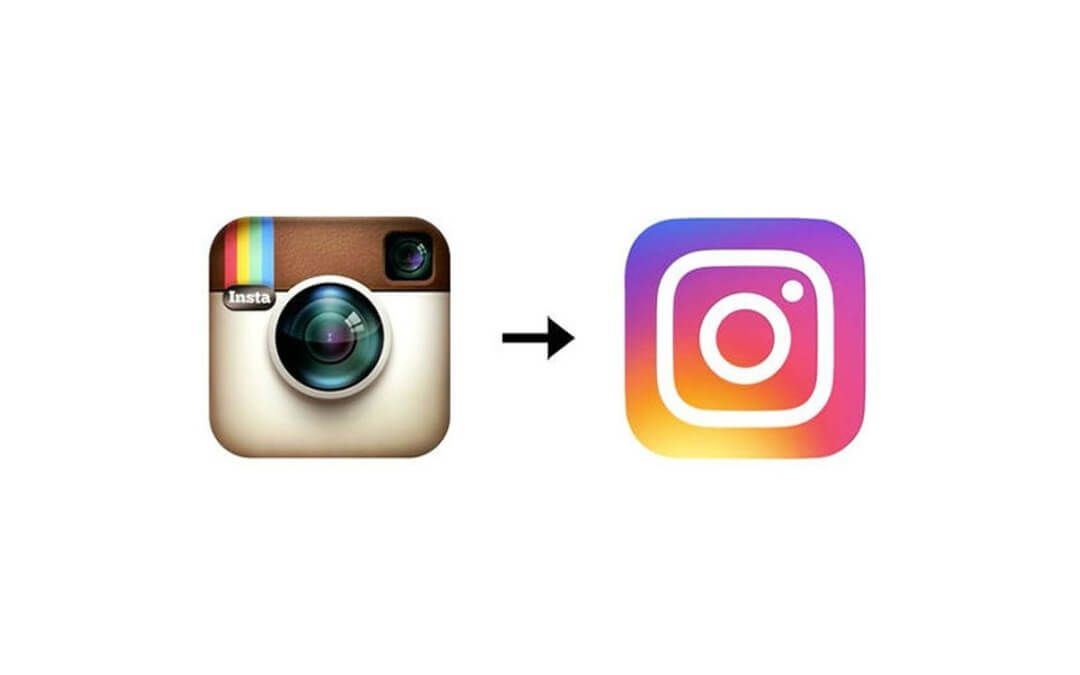
3. Are You Promoting Your Brand Correctly?
“And make no mistake, you are a brand,” says BTC’s Social Media Director Kevin Givens (@kevin.givens). “If you’re posting your work, everything you put on that page…that is part of your brand.” After evaluating what your goals are, you need to start posting content that will target the clients and brands you want to work with.
For example, if you’re a colorist who specializes in gorgeous red blends and deep brunettes, you might want to post more of that instead of the blonde chunky highlights you just did. Think about what your speciality is or what you want to be known for and market that exclusively on your page. Also, if you’ve established a clientele around one service and are thinking about switching to a new specialty, start posting work that reflects the change to attract the future clients you want.
4. Should You Or Should You Not Change Your Brand Handle?
This one is entirely up to you. There’s nothing wrong with having something simple like your name (ex. @philipforesto, @iamginabianca, @chrisjones_hair) or something hair related (@watchmyhairbounce, @the_blondologist, @themaneartistry). Just try not to make your handle too complex with a lot of symbols and numbers so it’s easy for the client to look you up.
There’s nothing wrong with having something simple like your name (ex. @philipforesto, @iamginabianca, @chrisjones_hair) or something hair related (@watchmyhairbounce, @the_blondologist, @themaneartistry). Just try not to make your handle too complex with a lot of symbols and numbers so it’s easy for the client to look you up.
If you decide to change your handle when you rebrand, make a new account, give it your old handle and direct clients to your main page with the new handle in the bio. This way if any clients or brands search for your account from your previous handle, they can be directed straight to your new page.
Also, BTC’s Director of Marketing Quin Gable (@quingable) recommends that you make accounts with your brand name on other social media platforms to further control your brand image. “If a new media platform pops up go get your name. Go get a couple names… I went to the other platforms just to grab my name in case one of those were to pop up and it helps protect your brand for the future to come.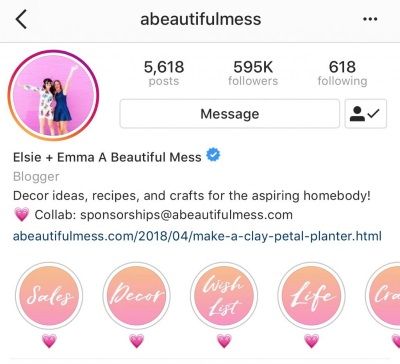 ”
”
5. Are You Searchable?
Did you know that Instagram rewards you for using its features? The more you use it’s new features like “Reels” or little things like adding a “location” to your posts, the more you’ll show up in the search algorithm. “I think it’s important to note that everything on Instagram contributes to your search results,” says BTC’s Editorial Director Lauren Rees (@llllllaur). “And remember that everything on Instagram helps you get higher in those search results.”
It might seem like a pain to properly fill out your bio, add hashtags to your posts or even consistently post multiple times a week, but the little things you do help get you noticed more on the app, which means more clients and more income flowing in.
Want More Instagram Help? Click Here To Watch The Full “Business Of Instagram” Segment!
Finally!
Welcome to the BTC fam! We'll start sending our emails to _
Your guide to rebranding your Instagram business account
You look at your Instagram and realize that you don't have as many followers as you would like. You like your content, but it doesn't attract many viewers. You're hoping to grow your business with social media and decide you want to take a different approach. In this article, we will look at some ways to rebrand your Instagram so that you can get the maximum number of Instagram likes and followers for your brand.
You like your content, but it doesn't attract many viewers. You're hoping to grow your business with social media and decide you want to take a different approach. In this article, we will look at some ways to rebrand your Instagram so that you can get the maximum number of Instagram likes and followers for your brand.
Why should you use Instagram for business?
Research shows that there are over 25 million Instagram business accounts. Brands spent nearly $7 billion on Instagram ads in 2019, far less than they spent this year. Contrary to what most people think, every organization or business can benefit from Instagram ads. Strategic organization and creativity help garner the most followers on Instagram, which increases engagement between businesses and their audiences.
Having an Instagram account can have a big impact in many ways. Most young clients tend to search organizations on social media to learn more about them. Creating an account lets people know that you exist and that you are willing to do business with them.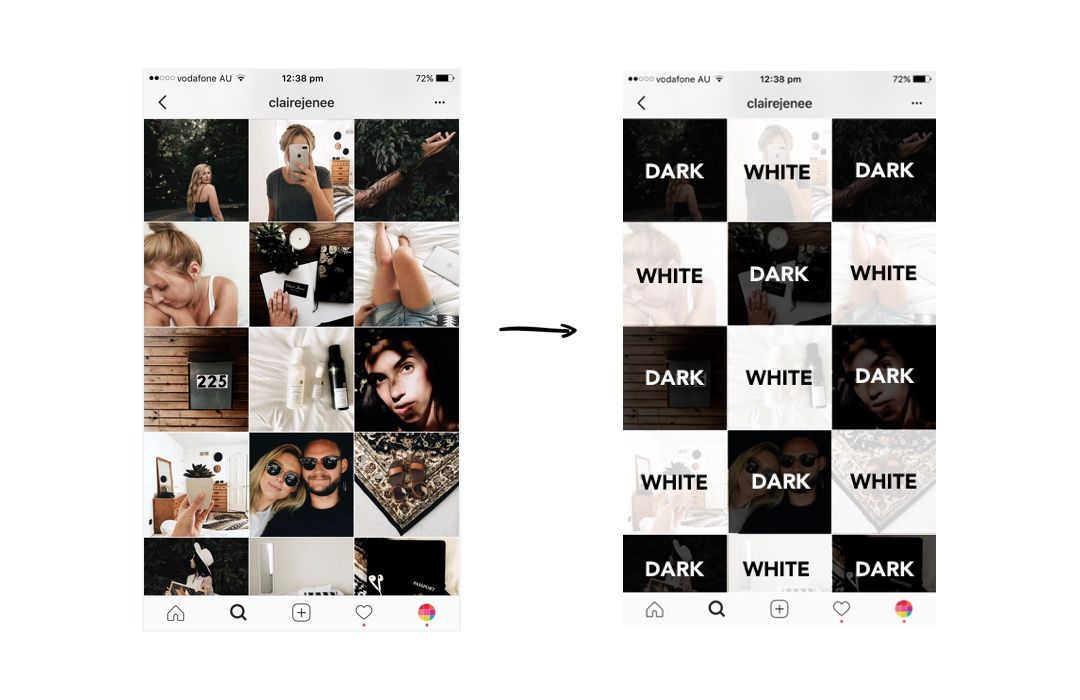 Ideally, an Instagram channel interested in rapid growth should post at least five to ten times a week. Even if you can't consistently post content, you should at least have a profile picture, your company name, contact information, and a few photos to showcase your brand. Lack of such information can lead your potential customers to look for your competitors.
Ideally, an Instagram channel interested in rapid growth should post at least five to ten times a week. Even if you can't consistently post content, you should at least have a profile picture, your company name, contact information, and a few photos to showcase your brand. Lack of such information can lead your potential customers to look for your competitors.
When your users know you're on Instagram, it builds credibility and credibility. People will know that you are a real organization and will consider you valuable. Similarly, offering good quality products and fast service can encourage people to tag you on Instagram and give you a brilliant review. When people hear about you from other buyers, they trust you more and try your products.
Instagram can also help you sell your products better. Share content, tag your offerings, and use hashtags. You can also drive more traffic to your website by referring users with the switch to Facebook or Twitter feature. Authenticity and constant sharing of content helps build your online reputation and boost your search engine optimization rankings.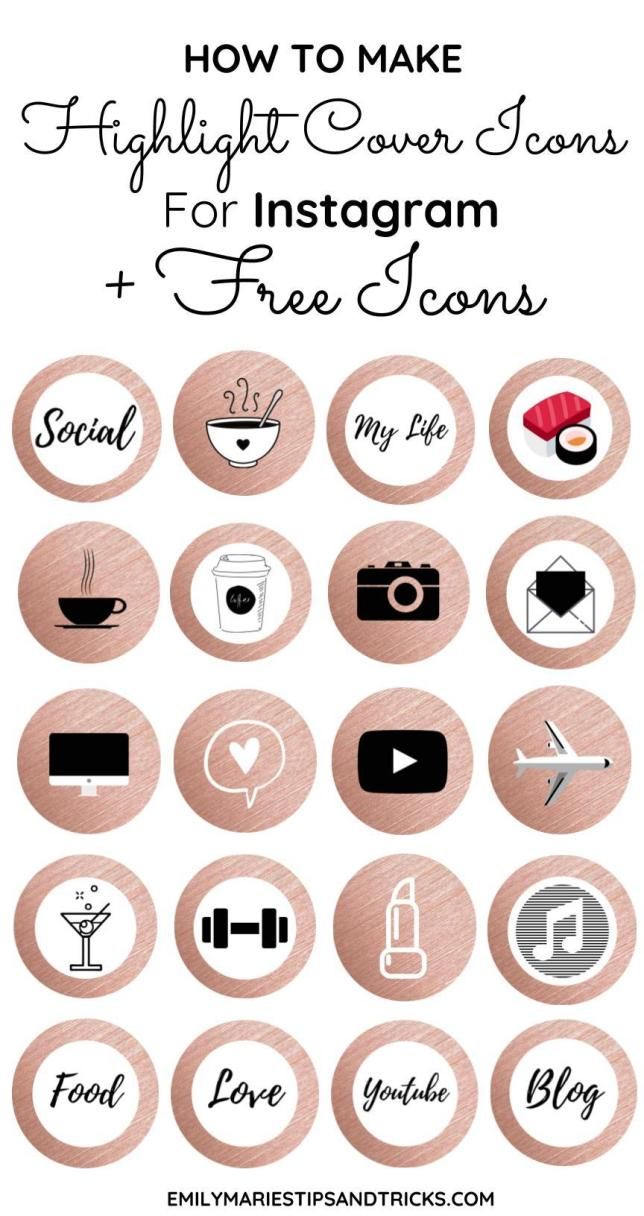
You can also use Instagram to build a professional network. Know your competitors by following their content and building partnerships with them over time. It's also a great platform to attract new talent who can learn more about your work through your social media presence.
Factors that can make your Instagram account more attractive
Now that we understand the impact Instagram can have on your brand growth, let's look at some features that you should especially focus on. The first element is the theme, which serves as the foundation of your Instagram presence. Designing a theme separates your Instagram account from those of your competitors. It also gives your brand a unique voice.
You may find it difficult to post content that resonates with your topic every time. You can overcome this hurdle by focusing on the big picture and creating content that bears some resemblance to each other. Use one filter for all content, or use the same editing technique for every post. You can also include a solid color frame or photo frame. This way, your Instagram will start to feel more like an extension of your brand.
You can also include a solid color frame or photo frame. This way, your Instagram will start to feel more like an extension of your brand.
Once you've decided on a topic, content selection becomes easier. Imagine how you want others to see your brand and what you can do on social media to achieve this. Make a list of photos and videos that you want to show your target audience and think about how to make it attractive to them. For inspiration, check out the Instagram pages of your competitors and other organizations that have millions of followers.
In your content, the voice conveying the message must be consistent. Having a certain tone and style of speaking will allow your audience to get to know and understand your brand. Think about what your audience expects from you and choose the voice you think will best suit them.
Steps to rebrand your Instagram
Unlike traditional advertising channels, social networks are very close to people. The success of any social media account used for business depends on the consistent use of carefully crafted storytelling. Customers can be dissuaded from subscribing to a particular brand if he fails to establish a genuine connection with them.
Customers can be dissuaded from subscribing to a particular brand if he fails to establish a genuine connection with them.
While rebranding may seem intimidating to many at first, those who want to be successful in social media marketing will benefit from using Instagram. Here is a list of steps that can make the Instagram rebrand process more organized and efficient:
- Develop a plan : When you are trying to give your business a new direction, it is helpful to develop a strategic plan for what you want to achieve and how you plan to achieve it. For an Instagram rebrand project, develop a PR strategy that mentions your new vision. Formulate a daily content schedule with the information you want to share each day. Formulate the goals you want to achieve, such as the number of real Instagram followers or Instagram likes over a period of time, and try to reach those goals to the best of your ability.
- Realize the visual space virtually : Visual brand promotion is perhaps one of the most useful methods to rethink how to bring a brand to life visually.
 Even organizations that cannot invest in a graphic designer can benefit from thinking about this concept strategically. The best way to do this is to do an exercise where you look at the different elements of your brand logo currently and sort them into different combinations. For example, choose certain colors and language and brainstorm ways to use them in different ways.
Even organizations that cannot invest in a graphic designer can benefit from thinking about this concept strategically. The best way to do this is to do an exercise where you look at the different elements of your brand logo currently and sort them into different combinations. For example, choose certain colors and language and brainstorm ways to use them in different ways. The initial visuals you can create will tell the most about your rebrand and reveal the new direction you are giving your Instagram account. Tools like Photoshop, Illustrator, or Canva can help you create these visuals. Implement them on other platforms first to see how your audience reacts to them.
- Set the tone for the rebrand : As a brand, you can continue experimenting with your previous visual content after the rebrand launch. This will help you collect and use marketing materials that you can use to showcase your new branding efforts. Use new creative elements and interesting captions to create your tone.

The survey showed that 93% of marketers found a new client after posting a video on social media, but almost 75% of them do not want to post a video again. Creative content such as YouTube videos are popular across generations and can help convey information in a meaningful way. Posting them to your Instagram feed can also help build customer loyalty, making videos great rebranding assets.
- Interact with your audience : Any rebranding project usually causes confusion among your regular audience. There is no reason to worry - your audience will gradually get used to your new social media presence. Remember that at the initial stage of rebranding, you can get a lot of questions from the audience. It's important to stay engaged so that your audience continues to trust you. Respond to every comment, email, direct message and text. Be sure to thank your followers for the likes on Instagram. The more you interact with your audience, the more likely they are to like your content and share it.
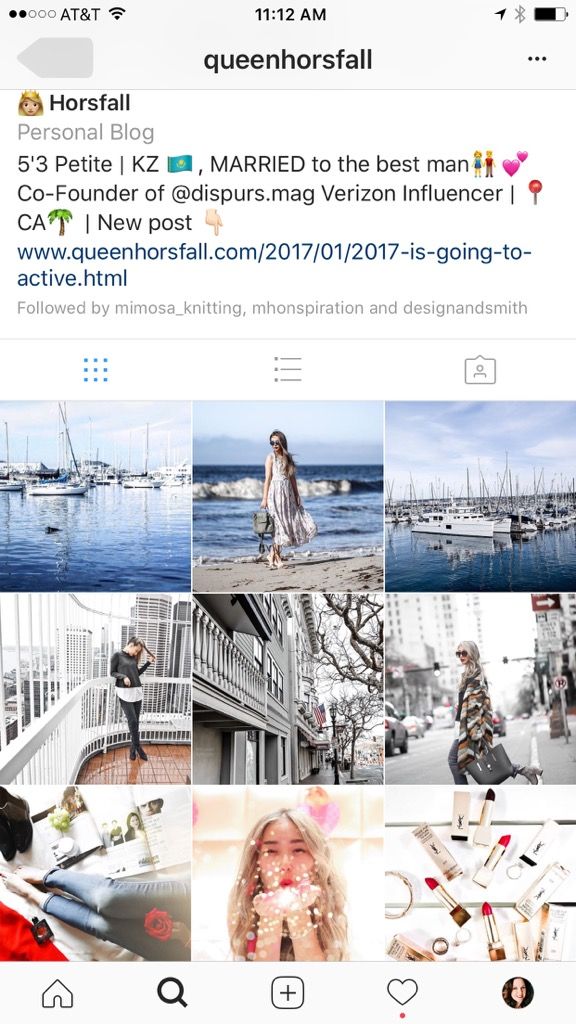
- Make changes gradually : It is very important to remember about human behavior that most people usually do not like change. Updates to your logo, profile picture, and the look of your Instagram feed can cause concern or even criticism. In such cases, feel free to move slowly towards your rebranding goals. Eventually, your audience will learn to adapt to your new Instagram style and look.
The rebranding problem you may encounter is that your engagement rate may initially drop and people may stop following you. This can be very discouraging and make you think that you are probably doing something wrong. However, remind yourself what the reason for the rebrand was in the first place, and that the decision to change the situation was conscious and purposeful. You are trying to create a specific niche that will allow you to connect with your target audience. Disappearing followers will eventually reappear if you are consistent and intentional in your marketing efforts.
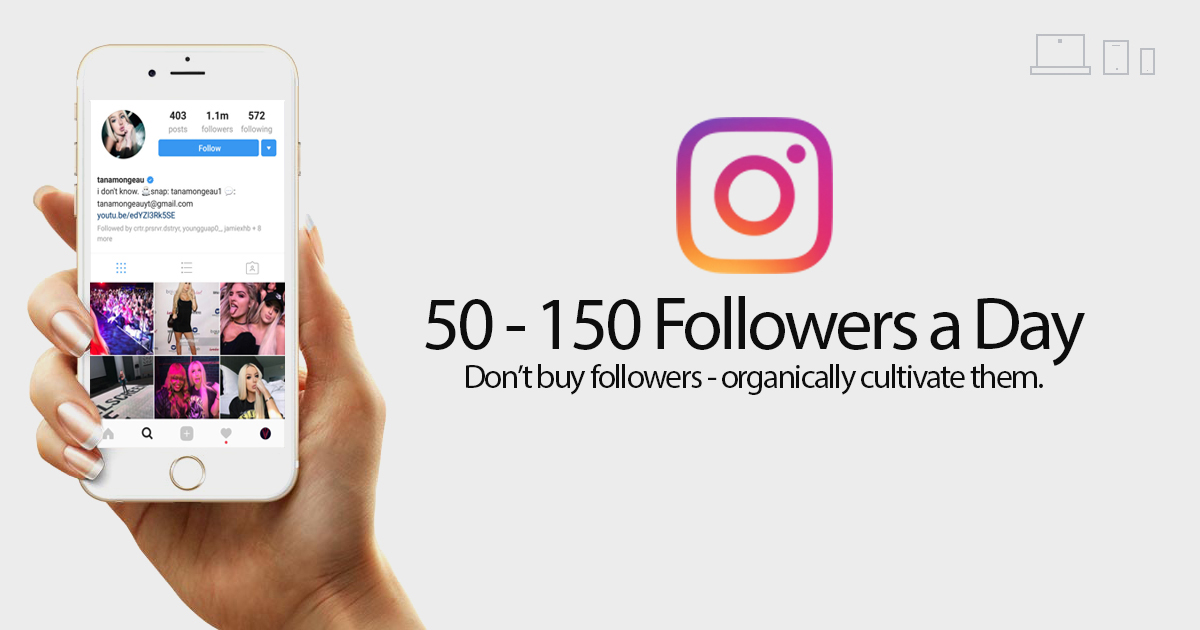
- Connecting with influencers and other influential organizations : Social media is primarily about interacting with other people and building community. There is an online community that is relevant to you because it is your target audience. You can find this community by connecting with the people and brands they follow.
Follow related hashtags, like and comment on related Instagram posts. Follow the people who participate in online discussions. You will start to be noticed by people who may be interested in your content. Alternatively, you can partner with an influencer whose followers may be interested in your brand. You can take this approach even on a small budget by getting in touch with someone who can represent your brand and promote it to a diverse clientele. This can help increase your brand's credibility and, over time, its popularity.
Your guide to rebranding your Instagram business account by Mr. Insta Team, November 30, 2020
Do you need an Instagram expert to conduct a comprehensive assessment of your Instagram account and provide you with a roadmap?
Provide an expert Instagram optimization service and hashtag research
Also on MrInsta
Do you take advantage of questions on Instagram?
Instagram has become a powerful platform for brands to promote their business. 80% of platform users are subscribed to at least one business account. As more companies use Instagram marketing as an important…
80% of platform users are subscribed to at least one business account. As more companies use Instagram marketing as an important…
what, for whom and why?
Rebranding involves updating the visual and textual elements of the brand that represent your brand to the target audience. This helps create a positive image that increases consumer interest and, as a result, sales.
Before you start rebranding, you need to determine the reason why you decided to make the change. Then analyze the market by learning who your target audience is and what their needs are. After that, analyze your competitors - what they do and what they offer, and how this reflects on the perception of their brands.
Once you understand the market in which you operate, you can start creating your new brand strategy or long-term branding plan. Depending on the purpose of your rebrand, it could be as simple as a new logo or an entirely new brand image with a new message and a revised mission statement. Write down exactly what you plan to change and which changes are most important. This will help you prioritize your rebranding tasks. Finally, publicly announce your new brand.
Write down exactly what you plan to change and which changes are most important. This will help you prioritize your rebranding tasks. Finally, publicly announce your new brand.
Let's talk more about each of the 5 rebranding steps.
1. Determine the reason for your rebranding
The ultimate goal of any rebranding is to change the attitude towards the company. There are 5 main reasons for brand renewal:
- When brand values are not clear : Without a clear brand positioning, it is impossible to stand out from the competition. If you lack differentiation, you may need to rebrand. For example, Volvo markets its cars as “safe” and Toyota is known for its reliability.
A typical Volvo ad message: "We design every Volvo this way."
- When your brand is old: Times change and so do brands.
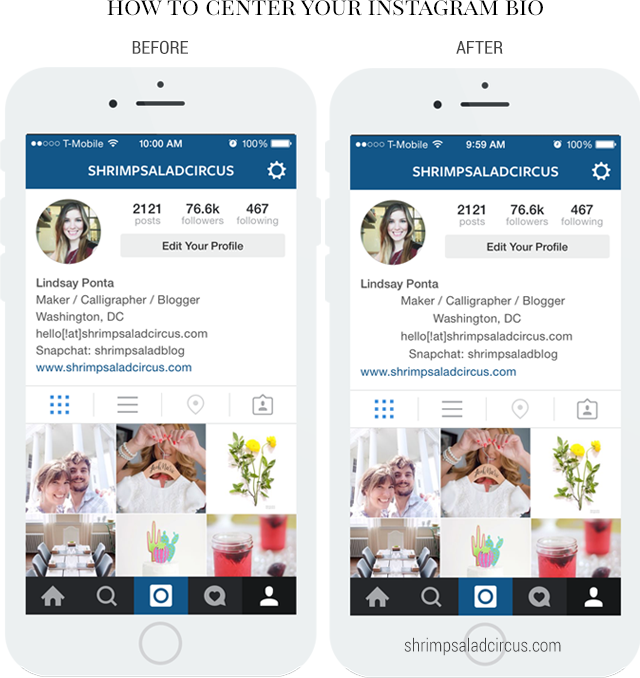 Sometimes branding becomes outdated or just out of place. Legacy brand elements can include everything from an old logo that now looks unprofessional to slogans and messages that don't resonate with the target audience.
Sometimes branding becomes outdated or just out of place. Legacy brand elements can include everything from an old logo that now looks unprofessional to slogans and messages that don't resonate with the target audience. - When the old branding does not represent the business: There is a gap between how a company wants to be perceived and how it is actually viewed by customers. This can happen as the business evolves, such as when a product or service changes, or when the company's mission is updated.
- When the market evolves: Markets are constantly changing and what has led to success may not be enough to sustain success. Branding needs to change with the market to stay relevant. For example, when Starbucks became popular at 19In the 1990s, McDonald's responded not only with a new line of coffees and cafe-type products, but did so under the new McCafe sub-brand.
Starbucks vs McCafe
- When you want to enter a new market: as your business grows, so does your audience.
 While some companies may stick to old brand values when entering new markets, it's more likely that the core message will need to be adjusted to address a different set of customer needs and pain points.
While some companies may stick to old brand values when entering new markets, it's more likely that the core message will need to be adjusted to address a different set of customer needs and pain points.
Rebranding can be a big investment of time and resources, so it's best to understand the real reason behind a rebrand. Take the time to consider the reasons above and share your thoughts with all the stakeholders on your team to gain their support and agree on everything before half the work is done.
2. Conduct market research
Gather market information to understand how your target audience is buying, what their needs are, and how you can connect with them. Research your competitors to see how successful they have been in creating and implementing effective branding. It is important to conduct both types of research to inform your rebranding strategy.
2.
 1. Target Audience Research
1. Target Audience Research
Conduct market research to not only get to know your existing customers, but also to get to know your potential target audience. Think about how the rebrand will affect existing customers, ask yourself what they really want and what motivates them. Where possible, collect data on target audience demographics, needs, pain points, and interests.
Sample list of questions to answer when researching the target audience:
-
What do you sell and why do customers buy from you?
-
Where and how do your current customers most often buy your products?
-
What are the habits of your ideal customers?
-
In what language does your target audience communicate their needs, and how can you use the same language in your branding?
-
How will the rebranding affect your existing customers?
-
Will the new brand resonate with the new target audience?
2.
 2. Competitor research
2. Competitor research
Then do competitor research. For this, it is not necessary to hire expensive specialists. You can find the main competitors by searching for local keywords in Yandex or Google (for example, “nizhniy novgorod printing house”) and browsing company websites from the first page of search results. You can also look through online company directories, such as Yandex.Maps, 2GIS or Google Maps, to find competitors by category. Once you've made a list, check out their websites, social media, and whatever else you can find to see what they offer and how they position themselves
Sample list of questions to answer when analyzing competitors:
-
What do your competitors offer and how do they position themselves?
-
What do you do better than your competitors?
-
What are your competitors doing better than you?
-
What target audience are your competitors targeting?
-
What branding elements and communication channels are used?
-
What do customers say about your competition?
By answering these questions, you can understand how your business differs and where you can improve your positioning. Your main task here is to understand your strengths and weaknesses compared to competitors and highlight these differences in the light you need.
Your main task here is to understand your strengths and weaknesses compared to competitors and highlight these differences in the light you need.
3. Developing a new brand strategy
Brand strategy is your long-term plan for building and maintaining a new brand. It is essentially a game plan that describes the positioning of the brand, as well as all the elements that need to be updated to reflect that positioning, exactly how they will be updated, and when they will be made public.
3.1. Definition of brand positioning
Brand positioning is what consumers think of a brand. Brief description of how your business fits into the market and minds of consumers, what niche you occupy. To develop your own brand positioning, think about your company's value proposition and how you want to present it to consumers. Make sure you pick one benefit. It will be much easier to convey it to the consciousness and subcortex of your customers.
Back to Toyota and another competitor, Subaru. Companies offer similar product lines, but they are positioned completely differently. Toyota focuses on reliability, while Subaru is a free brand for outdoor enthusiasts. Instead of competing for reliability, Subaru has chosen to position its wide range of 4x4 vehicles as a brand that promotes outdoor adventure.
Typical advertisement for Subaru
3.2. Create a brand message
A brand message is what links brand positioning to the market. It includes everything from your company name and slogan to business cards for your employees. It's anything that tells your audience what your brand is, what it stands for, and how it fulfills your company's mission. To achieve your goals, determine what messages you need to customize or create and focus on those elements only. Also, make sure all messages are consistent.
An excellent example of effective, cohesive and consistent brand messaging can be found in the Red Bull advertising campaign. The slogan “Red Bull inspires” conveys a sense of incredible achievement fueled by the drink. Over the years, the company has maintained a constant messaging linking its slogan to various types of incredible achievements, including extreme sports and Guinness World Record stunts.
The slogan “Red Bull inspires” conveys a sense of incredible achievement fueled by the drink. Over the years, the company has maintained a constant messaging linking its slogan to various types of incredible achievements, including extreme sports and Guinness World Record stunts.
Reb Bull Youtube video
3.3. Determining rebranding needs and timing
Once you've decided on the brand's positioning and messages, map out the additional elements you'll need to update. This may include your logo, website design, social media accounts, print ads, packaging, employee uniforms, and so on.
Here are the nine main elements of the new corporate identity:
-
Company name: In some cases, companies change their name as part of a rebranding.
 This usually happens when the business has expanded and its name no longer reflects what it offers or where it offers it.
This usually happens when the business has expanded and its name no longer reflects what it offers or where it offers it. -
Logo: The logo is the first thing people notice. A good logo can say a lot about your business. As your business grows and develops, you can update your logo to send a new message to the market.
-
Slogan: When the business or the market changes, the slogan must also change. This will help the business communicate and connect better with their target audience.
-
Marketing materials: All marketing materials used by the business must be updated after the rebrand, from brochures and catalogs to business cards. This ensures a permanent presence of the brand.
-
Packaging: A business that sells and manufactures goods must also update its packaging to reflect the new brand image.
 It is not enough just to change the old logo to the new one. You may need to change the type of packaging, label colors and sizes, fonts, and even materials.
It is not enough just to change the old logo to the new one. You may need to change the type of packaging, label colors and sizes, fonts, and even materials. -
Signage: A business that has offline outlets should take care to update signage as soon as possible after the rebranding. Without this change, customers will be confused.
-
Website: every business needs to update their website after rebranding to match the new brand instead of the old one. Businesses undertaking a light rebrand may update their existing site, while those undertaking a complete rebrand will likely need to create a new site.
-
Social media: Rebranding companies must update all their social media accounts with new brand elements.
-
Advertising: the way the business is advertised will change after the rebranding.
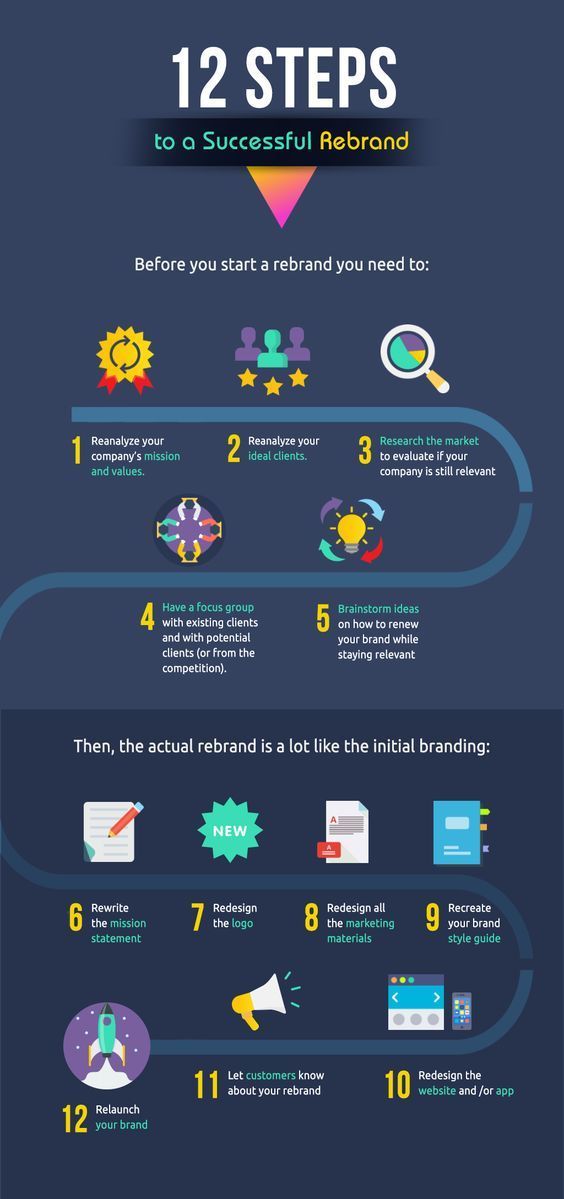 This applies to both online and offline advertising such as roll-ups or flyers.
This applies to both online and offline advertising such as roll-ups or flyers.
Once you've made a list of your branded media, create a rough plan for when you need to update each one. Also, write down who will be involved in the rebrand and, if applicable, what the estimated cost will be. Add to your plan notes about the brand details you want to share with the rebranding staff. For example, about corporate colors and fonts.
4. Refresh your corporate identity
Using your plan from the previous point as a guide, work with your team on all elements of your brand. Try to stay on schedule, but only release new brand elements when they are ready. You won't get another chance to make a first impression
As brand elements are developed, make sure they are stored in a central location for access by all team members who may need them. When creating graphics files, make sure they are in formats that can be used by all relevant employees.
It is important to save not only pictures, but also the original files in .cdr or .pdf formats, you will need them when printing business cards, flyers, stickers and other polygraphy.
5. Promote and support your new brand
Once you've updated your corporate identity, it's time to introduce your new brand to the world. This is an important step because it allows you to control how potential customers learn about the new brand and ensures that existing customers do not lose you in the information flow.
Five ways to promote your new brand:
-
Email marketing: The first thing to do is to notify your existing customer base with email marketing. It's an easy and cheap way to introduce a new brand to your customers, as well as explain why you rebranded and what the rebranding means to them.
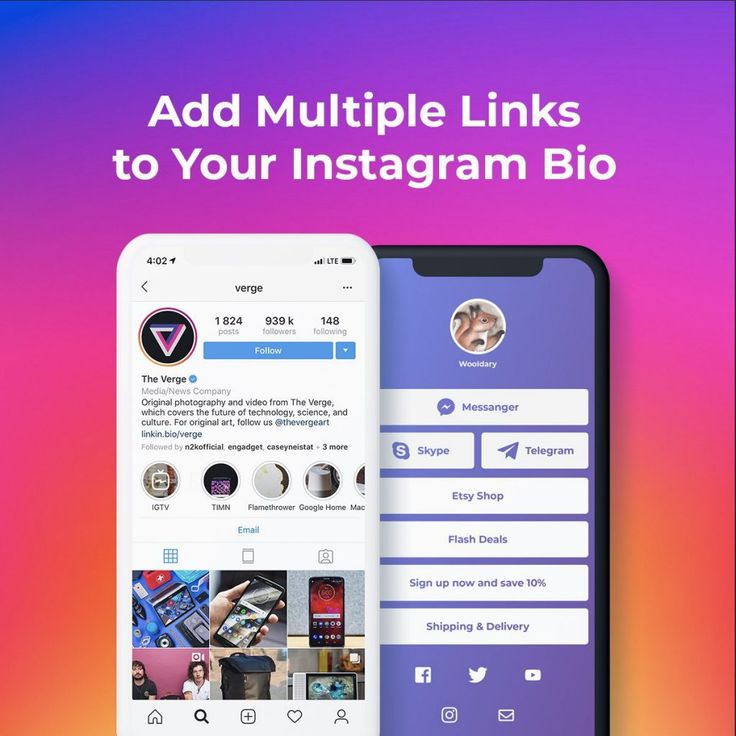
-
Use social media: Announce your rebrand on social media. This can be a good opportunity to reach existing customers and also explain to new visitors why the look and maybe content of your profile is changing.
-
Get press coverage: Create and distribute a press release to get access to local and national news outlets. Or negotiate with local publics on social networks.
-
Hold an event: For companies with offline sales points, a great way to introduce a new brand is to hold an event. This method is especially suitable for shops, cafes and restaurants.
-
Try co-marketing: Collaborate with another company to promote your new brand. For example, a cosmetics store may offer customers a certificate for a massage session at a partner salon, a car service center with a car wash or a parts store, etc.







